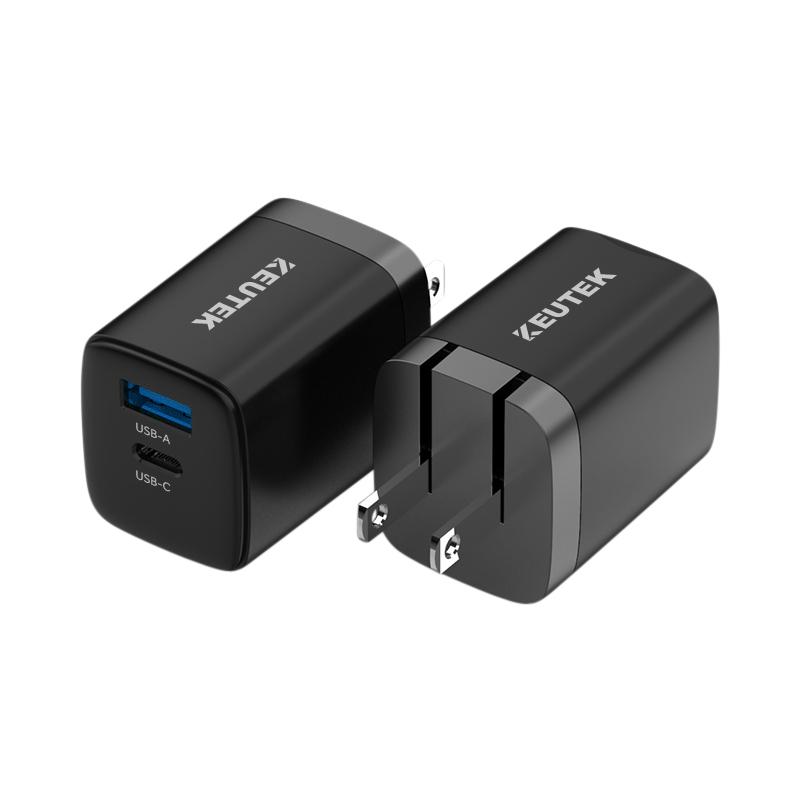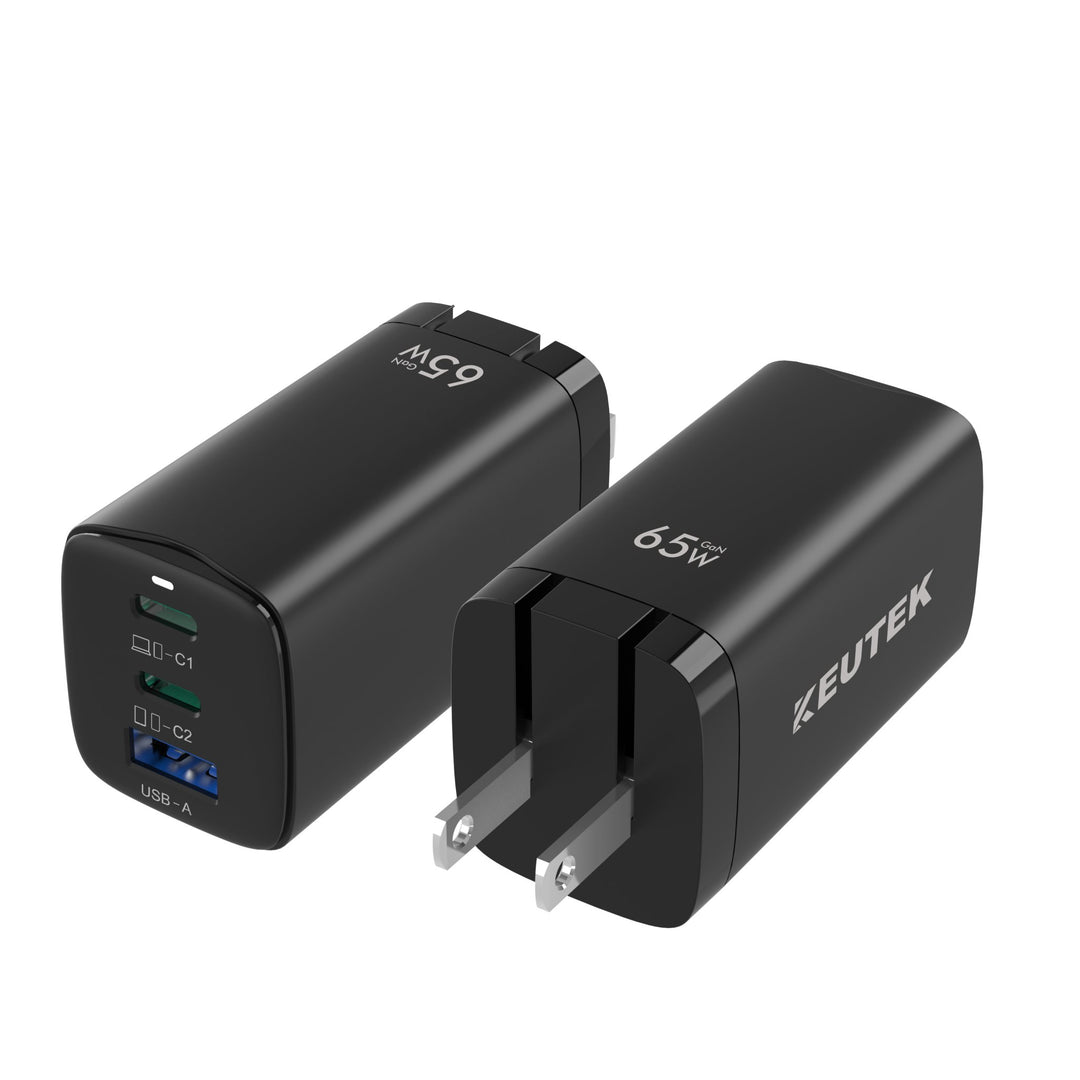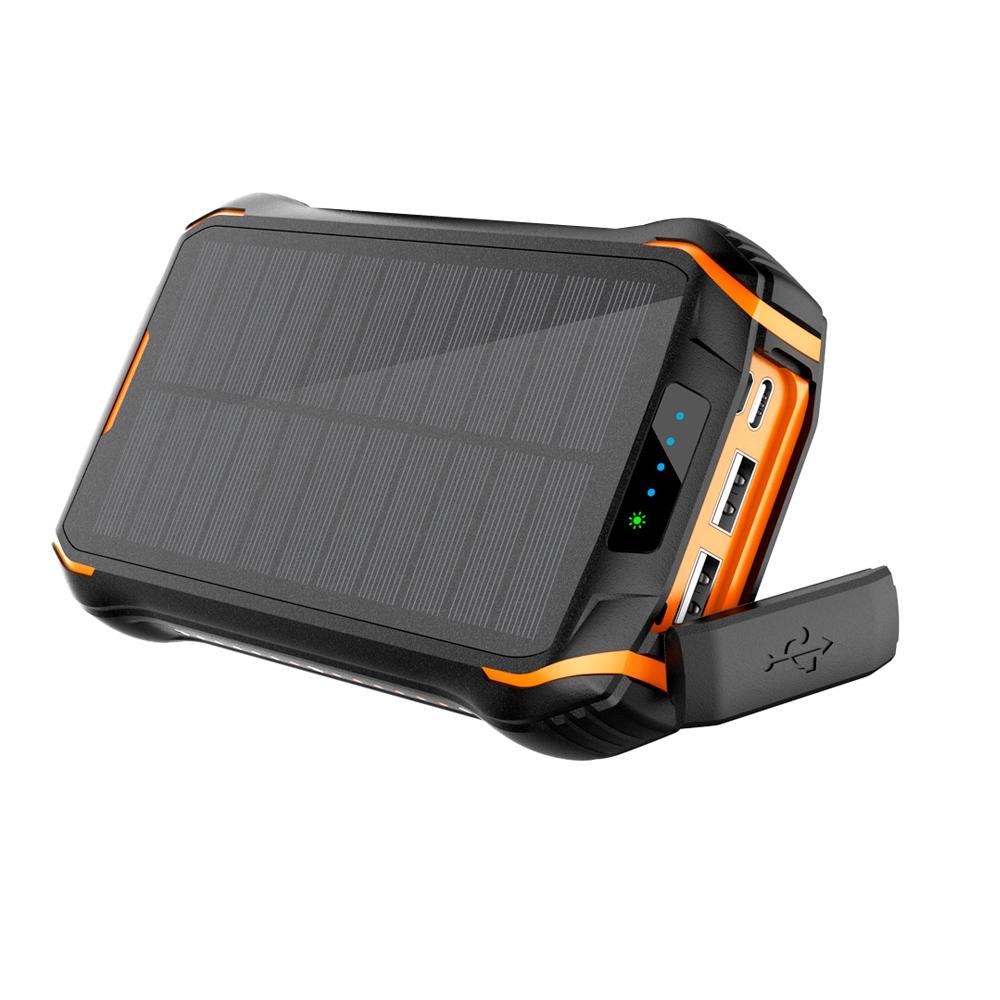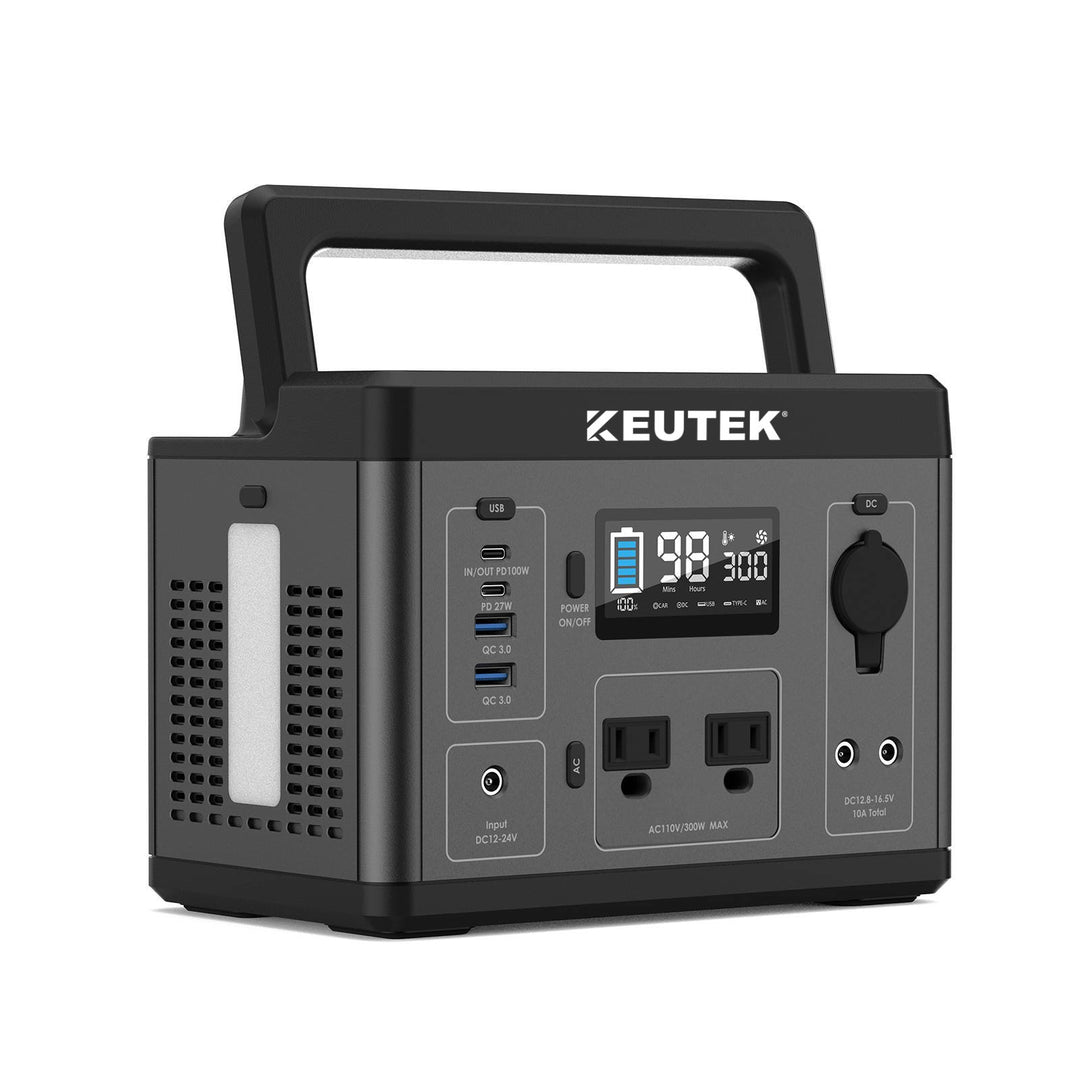Is The Flip Phone Making a Comeback?

Are Flip Phones Just a Thing of the Past, or also of the Future?
Flip phones are nothing new. In fact, many of the younger generation today have never even seen a flip phone, or if they have, it is at the bottom of a junk drawer, collecting dust and long forgotten. Many tech companies are trying to recreate this nostalgic piece that reminds me of my childhood, but with many upgrades from its outdated predecessors. In a world of touchscreens and flat phones, is there room to resurrect the flip phone in today's market? The truth is, flip phones are making a comeback—and not just for nostalgia. From Gen Z users seeking digital detox to tech-savvy buyers craving compact form factors, modern flip phones are becoming relevant again.
If you grew up in the age of flip phones, or rather anybody with a phone in the mid 2000s, you know of the Motorola Razr. Once the world’s best-selling flip phone, the Razr is often credited with defining the golden era of side flip phones. This small flip phone took the world by storm with its innovative slim technology and abundance of marketing to gain mass exposure. This phone was easy to use one handed, with convenient grooves on the side to flip it open and keys close enough to reach with your thumb.
Now, Motorola is trying to recreate the Razr, alongside Samsung's Galaxy Z and several other competitors, to introduce a flip phone that can maintain the interactive touch screen that we are all so used to using. These companies have released several models already, but they are known to have some issues, as well as the price is far beyond that of a traditional smart phone. Despite early challenges, the maker of the world’s best selling flip phone and its competitors continue innovating to meet the demands of consumers who ask: Are flip phones coming back?
Why Are Flip Phones Regaining Popularity?
Many people are seeking simpler, less distracting devices. This shift is especially noticeable among younger generations—yes, Gen Z is bringing flip phones back. The desire to escape constant screen time, improve focus, and rediscover tactile interaction is helping drive this movement.
The Pros
There are many benefits to having a touch screen that can fold. For one, if it is folded, then the screen is not exposed. This can help prevent scratching and vulnerabilities to the screen from dropping it, or dropping things on it. It also allows the phone to become more compact, making it easier to store in your pocket, purse or bag. It also has features on the phone when it is folded, to make it easier to use. There is a screen that displays notifications. This front screen also doubles as a camera screen, allowing you to take those oh-so-important selfies with ease.
Another good thing about these cunning-edge flip phones is that they are introducing a new style to phones. For the past several years, phones have all become the same universal shape, size and layout. They are all rectangles, with glass, touch screen faces, sometimes utilizing a button or two along the bottom. The also have the same volume controls on the side and power button along the top or the top of one of the sides. They are all becoming uniform, with different operating systems and slightly different specs relating to the storage, battery, processor and camera. This may allow many designers of these phones to expand their horizons and look at bringing something new to the market, something that inspires, grabs attention, and becomes the next new product that people desire.
The Cons
Finding a quality material to use for the touch screen, that is also flexible enough to bend over and over is not easy. It is also not cheap. This is why many of these new folding smart phones cost thousands of dollars. Another drawback, is that with the way it folds, finding a compatible screen protector may be difficult, if not impossible. The angles for the fold are measured so precisely, there may not be room to add a screen protector, even if it is only a fraction of a millimeter thick. One of the biggest hurdles with these phone is also the durability. The phones have to be able to withstand being folded hundreds of thousands of times, without affecting the usability of the screen. In addition, they must be durable enough to withstand everyday use, including the occasional small drop, or bouncing around in a purse or bag.
Are Flip Phones The Future... Again?
Whether or not these new flip phones will become the next big thing is a tough speculation. If they can recreate the nostalgia of the mid 2000's, while keeping up with the top of the line technologies that people demand, then there is a chance. Breaking the cycle of current phones will be tough though. People are naturally resilient to change, and changing away from the rectangle phone with a solid piece of glass on one side may be hard for many people. On another hand, we have seen phones make drastic changes over their lifespan, from the obsolete rotary phone, to the bag phones, to flip phones and then smart phones. Our little handheld lifelines have been looking the same for a number of years now, maybe it is time to let technology inspire the next big thing in mobile devices. Of course, for this to work, we will have to see increases in quality and decreases in price to meet the needs of consumers. This is a stage of transformation that is common in new technology with research in development, so I believe that we will see it with time.
Frequently Asked Questions
Are flip phones making a comeback?
Yes, flip phones are making a comeback—especially among Gen Z and users looking for distraction-free devices. Modern flip phones now combine nostalgic design with smart features like touchscreens and 5G.
Why are flip phones regaining popularity?
People are turning to flip phones for simplicity, durability, and a break from screen overload. They offer a more intentional, less distracting user experience in a world flooded with smartphones.
Can I still get a flip phone in 2025?
Absolutely. Many major brands like Samsung, Motorola, and Nokia offer both traditional and foldable smartphones that flip, available online and in retail stores.
Who still uses flip phones today?
Flip phones are popular with seniors, minimalists, and trend-conscious youth. Some choose them for basic functionality, while others appreciate their style and battery life.
What is the best-selling flip phone of all time?
The Motorola Razr is often credited as the world’s best-selling flip phone, known for its slim design and cultural impact in the early 2000s.







Leave a comment